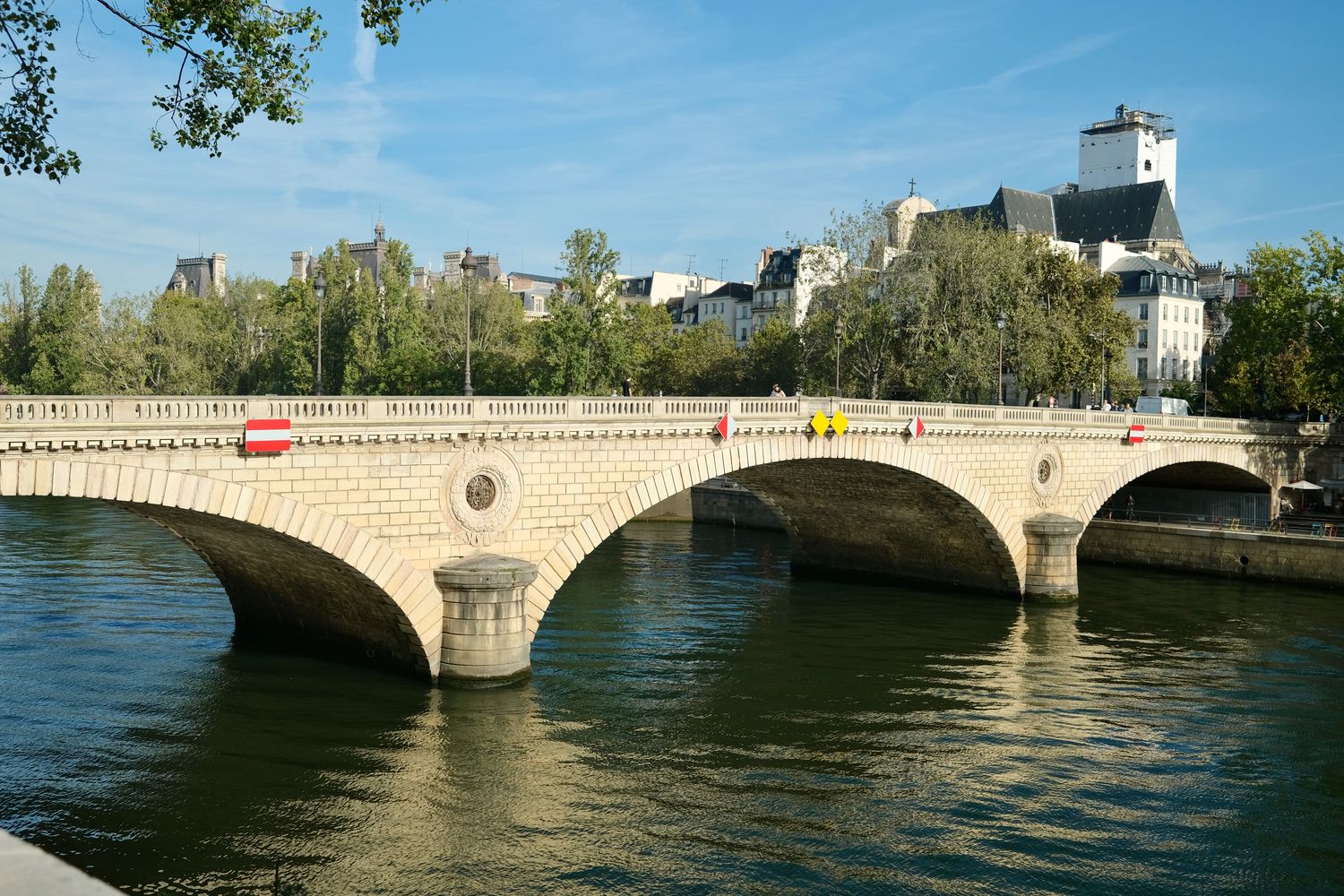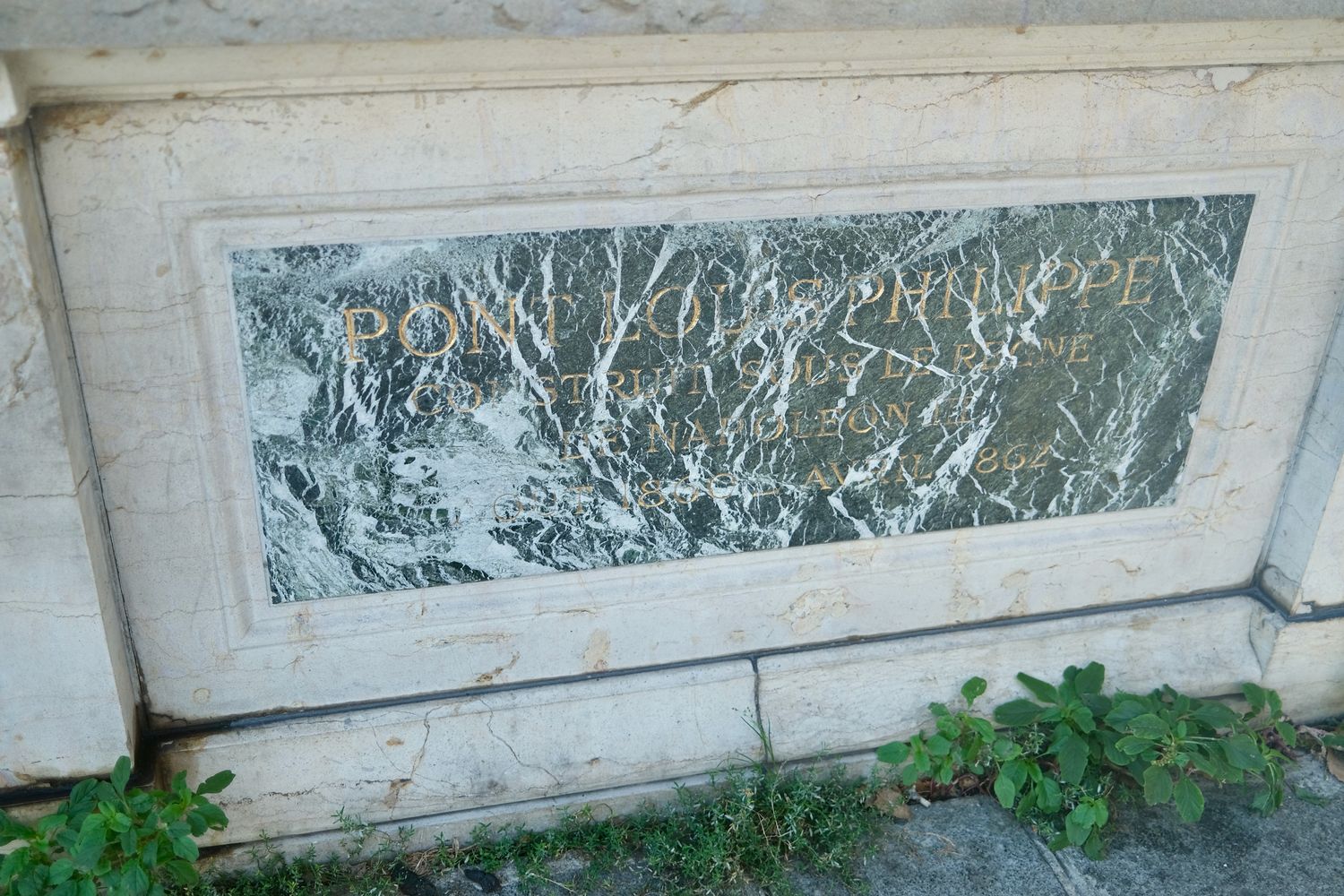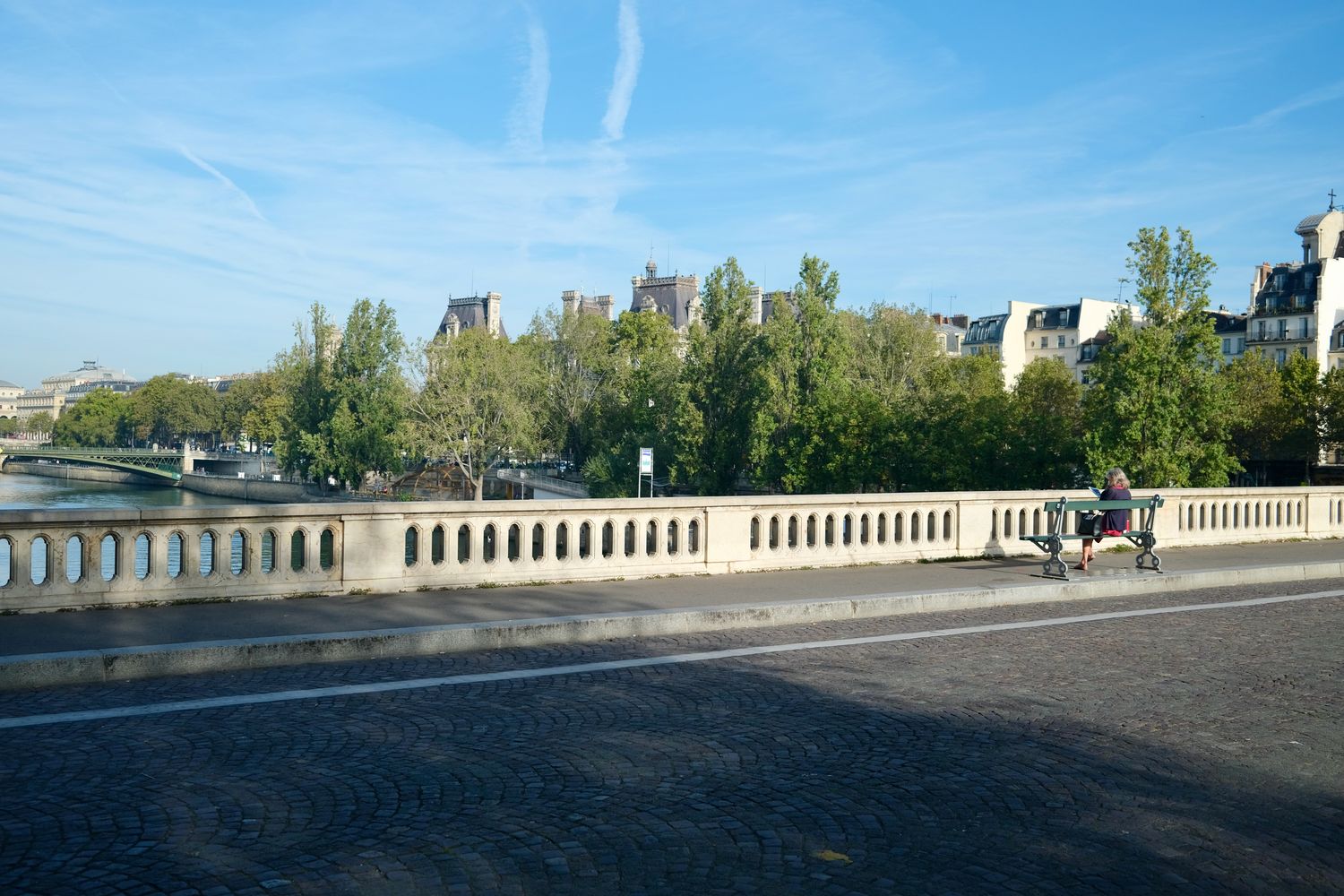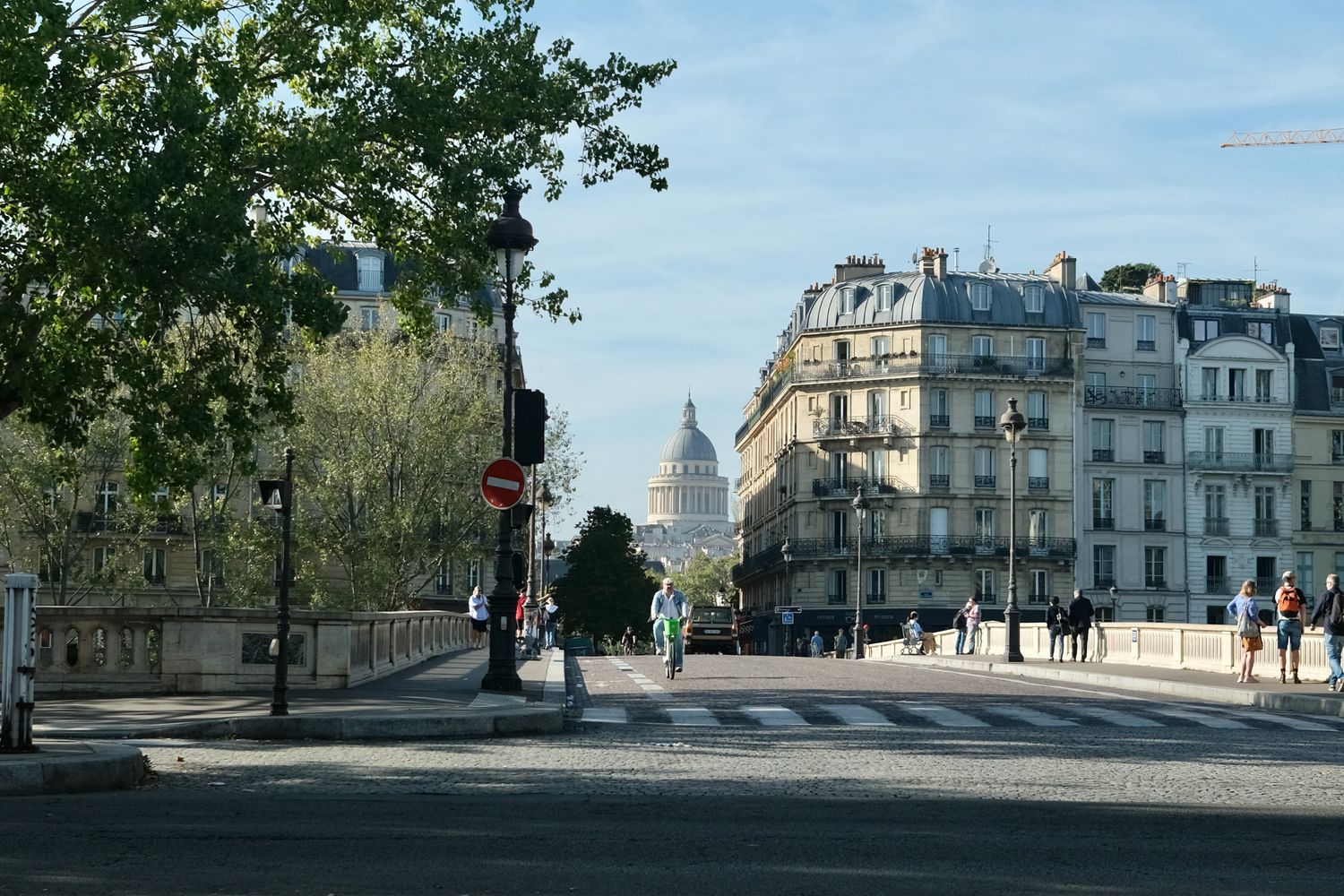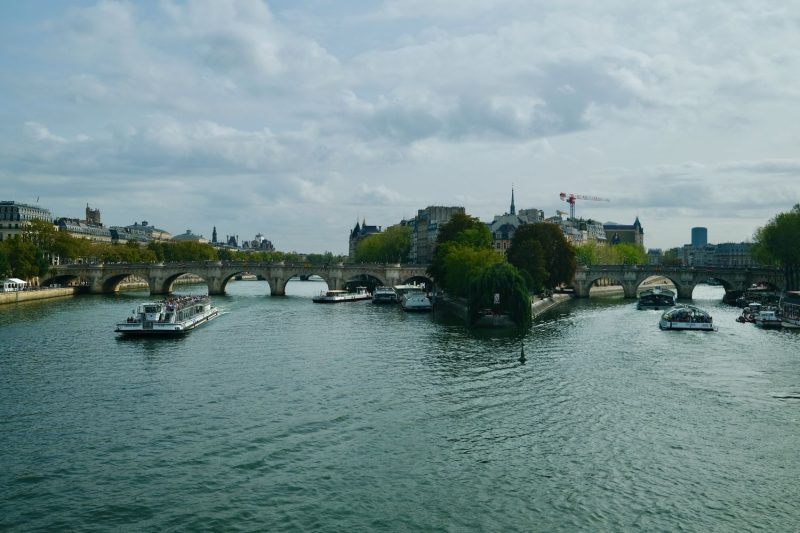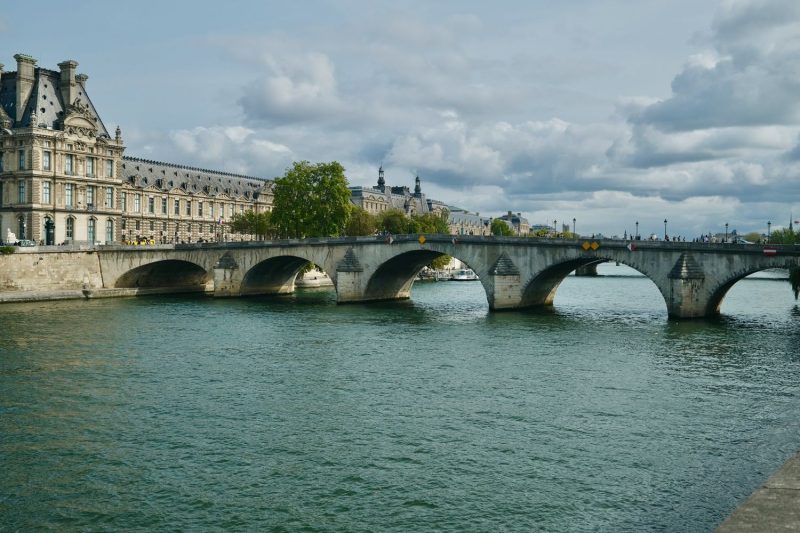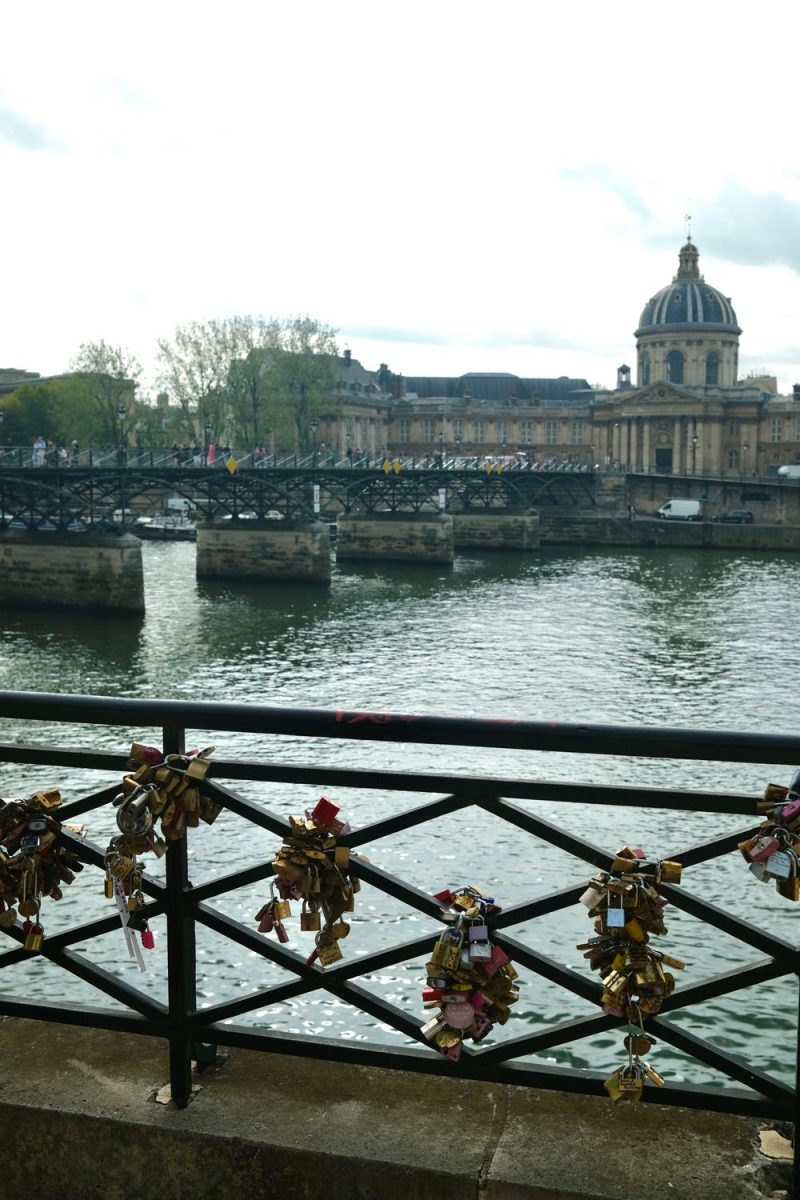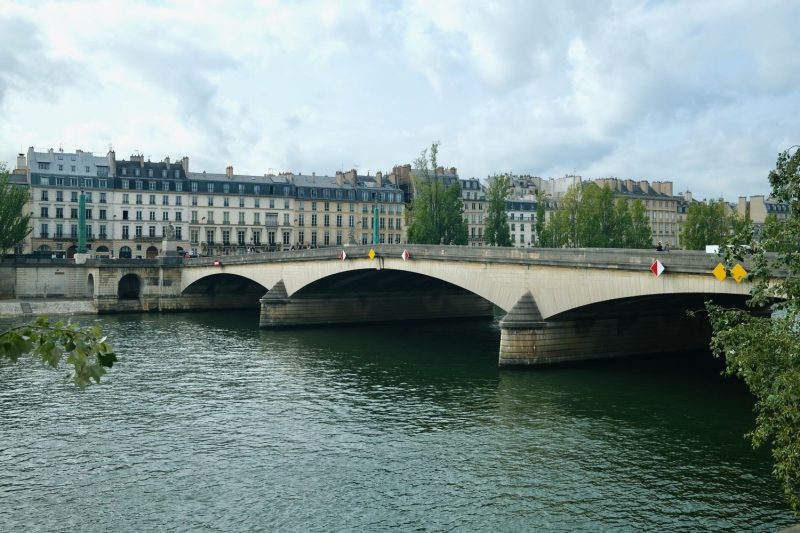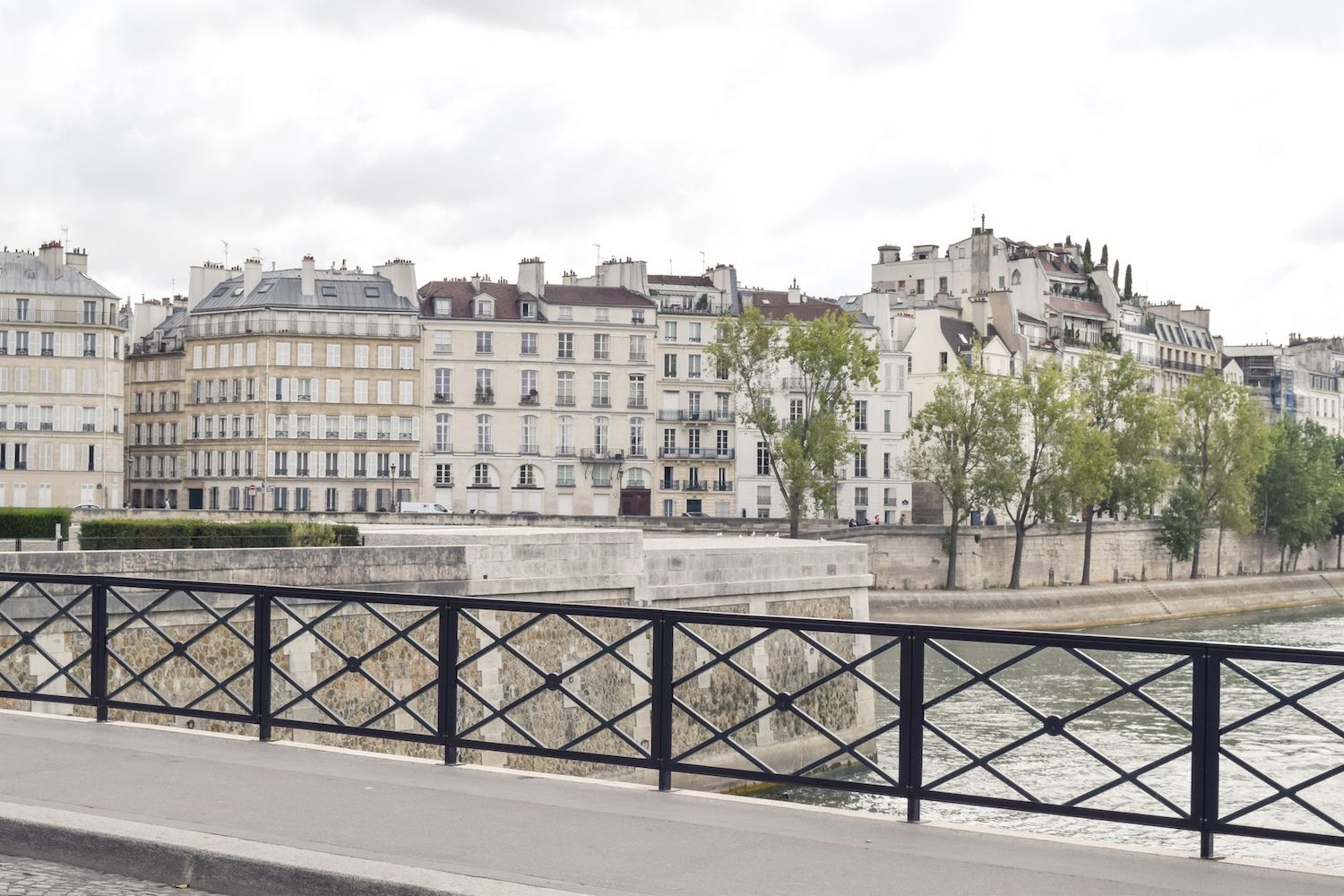Pont Louis-Philippe: a 19th Century Bridge in Paris
Culture Travel may earn a commission through links on this website. As an Amazon Associate, we earn from qualifying purchases.
The Pont Louis-Philippe is a bridge in Paris, connecting the Île Saint-Louis to the Right Bank of the Seine in the 4th arrondissement. Completed in 1845 and named after Louis-Philippe I, the King of the French from 1830 to 1848, this bridge was part of a broader plan to improve transportation and infrastructure in Paris during a period of urban expansion and modernization.
The bridge replaced an earlier wooden structure, the “Pont de la Tournelle,” which had been in place since the late 17th century but was deemed insufficient for the increasing traffic demands of the growing population.
Designed by architect Jean-Baptiste Lemoine, the Pont Louis-Philippe is notable for its elegant cast-iron construction, which was a relatively new technique at the time. It features five arches and measures approximately 79 meters long. The bridge also showcases typical neoclassical aesthetics, with decorative elements that include balustrades and lamp posts.
Throughout its history, the bridge has served as a vital thoroughfare, facilitating not only daily commuting but also leading to significant cultural and commercial developments in the area. For instance, close to the bridge lie popular attractions such as the quaint streets of Île Saint-Louis and the historic buildings of the Right Bank.
Interestingly, the bridge is sometimes overlooked compared to its more famous counterparts like the Pont Alexandre III and the Pont des Arts, but it remains an essential part of the city’s fabric, providing picturesque views of the Seine and the surrounding architecture.
Today, the Pont Louis-Philippe stands as a testament to 19th-century engineering and urban planning while continuing to serve pedestrians and cyclists.
The Louis-Philippe bridge is a must-see in Paris, France.
